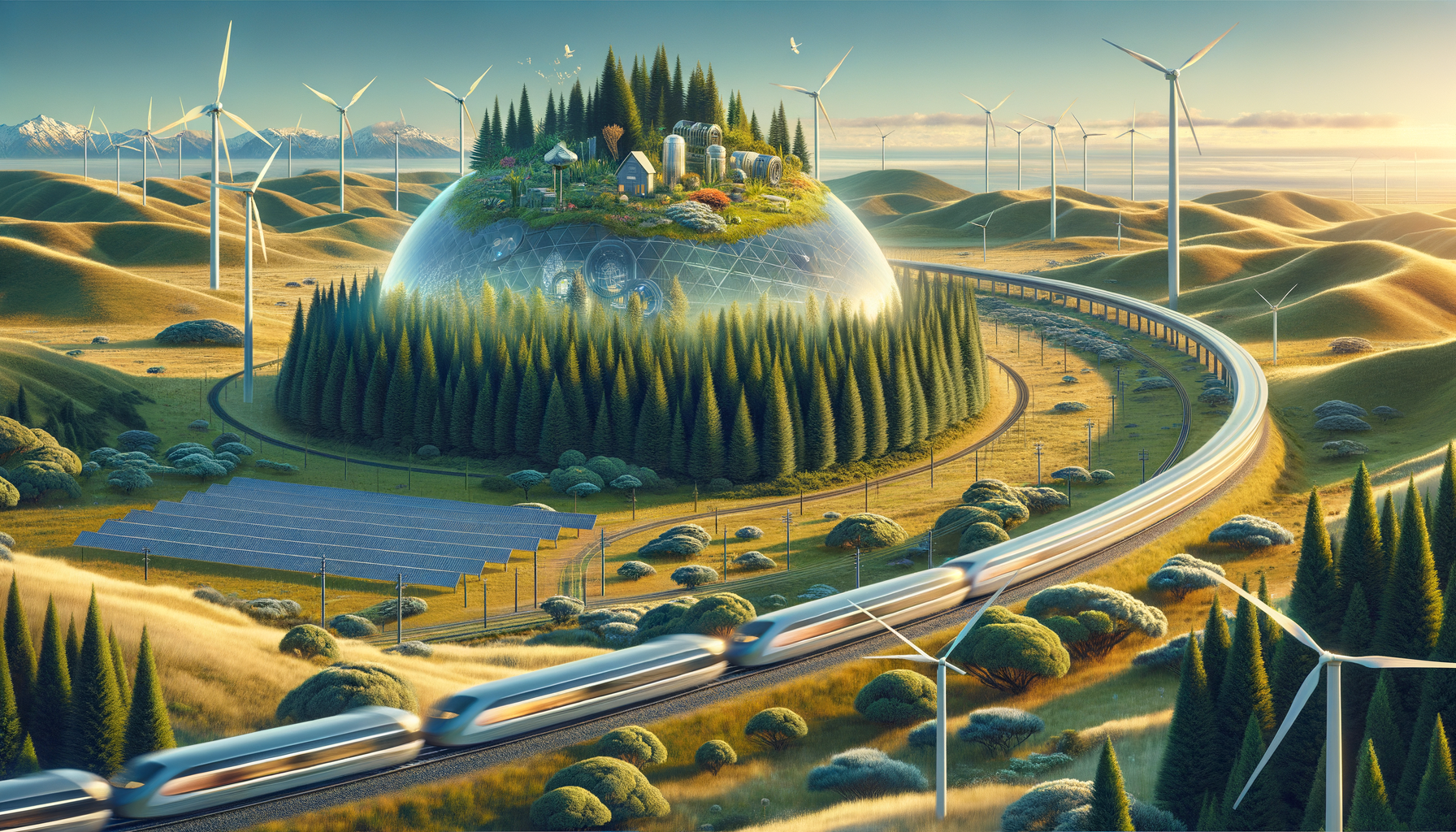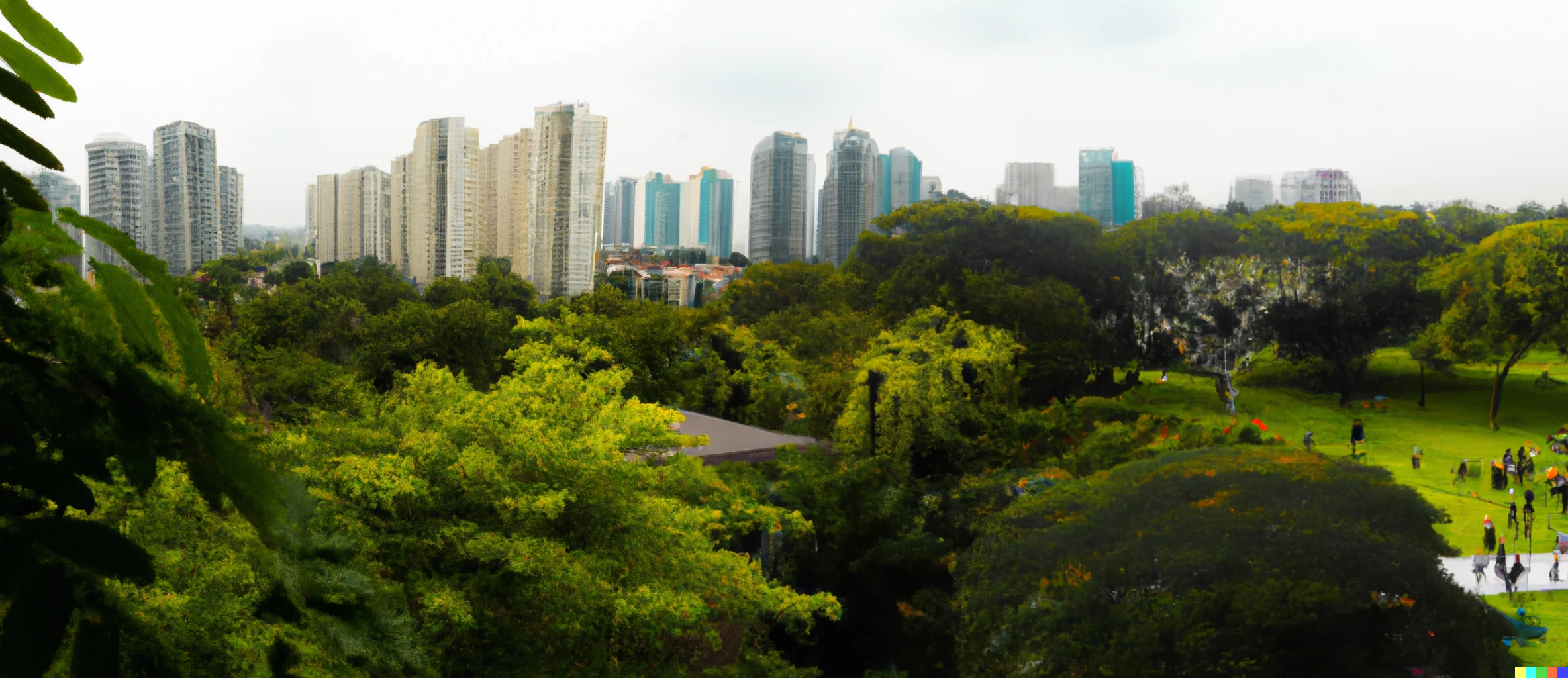Research
My research uses interdisciplinary approaches to analyse the relationships between nature and people.
Climate adaptation
To adapt to climate change, people must design landscapes that store carbon, mitigate climate risks, enhance biodiversity, and support economic and societal well-being. To achieve ambitious adaptation, landscapes must integrate nature-based solutions. My work develops geospatial models to predict the impacts of nature-based solutions in the future, and applies these models to test alternative scenarios at local - global scales. Ongoing work in this area includes the collaborative 5 year research programme Trees in landscapes | Te Kapunipunitanga a Tāne Mahuta.
Generative AI
Generative artificial intelligence (GenAI) holds potential to transform the way that scientific information and advice is provided to decision-makers. However, this untested technology also holds substantial risks, including risks of misuse and misinformation, erroneous guidance, and ethical concerns. My research into GenAI as applied to environmental decision-making combines technology development with ethical and social research methods, to develop guidelines for responsible applications that support environmental outcomes alongside human interests and well-being. I lead the 3-year Harnessing GenAI MBIE Smart Idea project.

Urban ecosystems
Urban ecosystems include parks, gardens, and remnant patches of natural vegetation. These ecosystems provide many critical benefits to society, including cooling the environment, cleaning the air, and providing spaces for recreation and relaxation. My research has looked at a broad range of these ecosystem services, using a mix of ecology, social sciences, and data analysis.
I’m interested in looking at urban ecosystems at a range of spatial scales. To inform urban planning and design, it is often useful to have high-resolution information on specific cities. For example, please take a look at some of my work in Singapore and Ōtautahi - Christchurch. It can also be useful to zoom out, and understand how cities around the world vary in their ecosystem types, covers, and configurations.

Mangroves
Mangrove forests are a unique coastal ecosystem found mainly in the tropics. Mangroves have dense carbon stocks and can protect coastlines against natural hazards. However, they have been heavily deforested, often due to demands for fish, palm oil, and other products.
My work has analysed mangrove forest ecosystem services and pressures at individual sites, the hotspot region of Southeast Asia, and globally.

Global quantification of mangrove carbon stocks over 20 years. From Richards et al. 2020
Data science
Quantifying the benefits of nature requires innovative approaches. My work has developed new ways of extracting useful information from large online datasets, for example using social media data to understand how people use and appreciate parks and other outdoor spaces, or analysing the text of historical books to understand trends in interest in different environmental issues. I have also written methods for quantifying structural parameters of vegetation using images from online panoramic photograph datasets.

Processing of panoramic fisheye photographs to model shade provision. From Richards and Edwards 2017